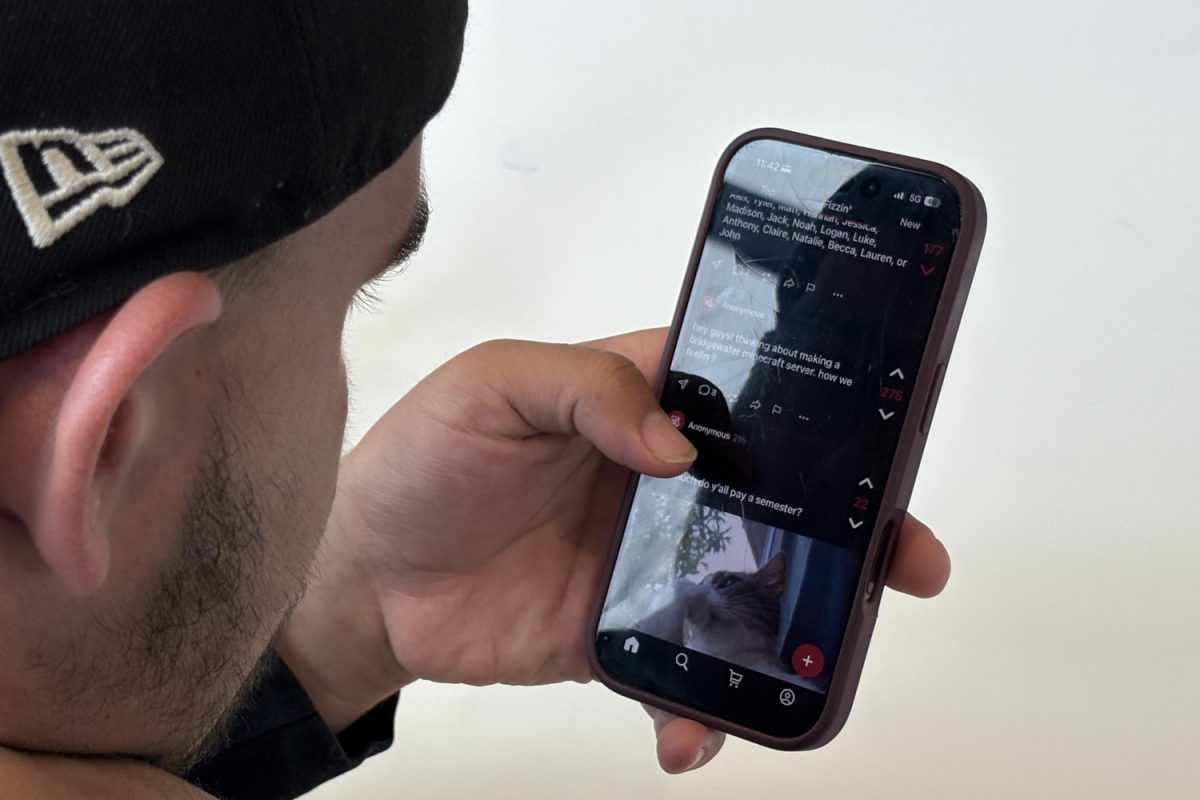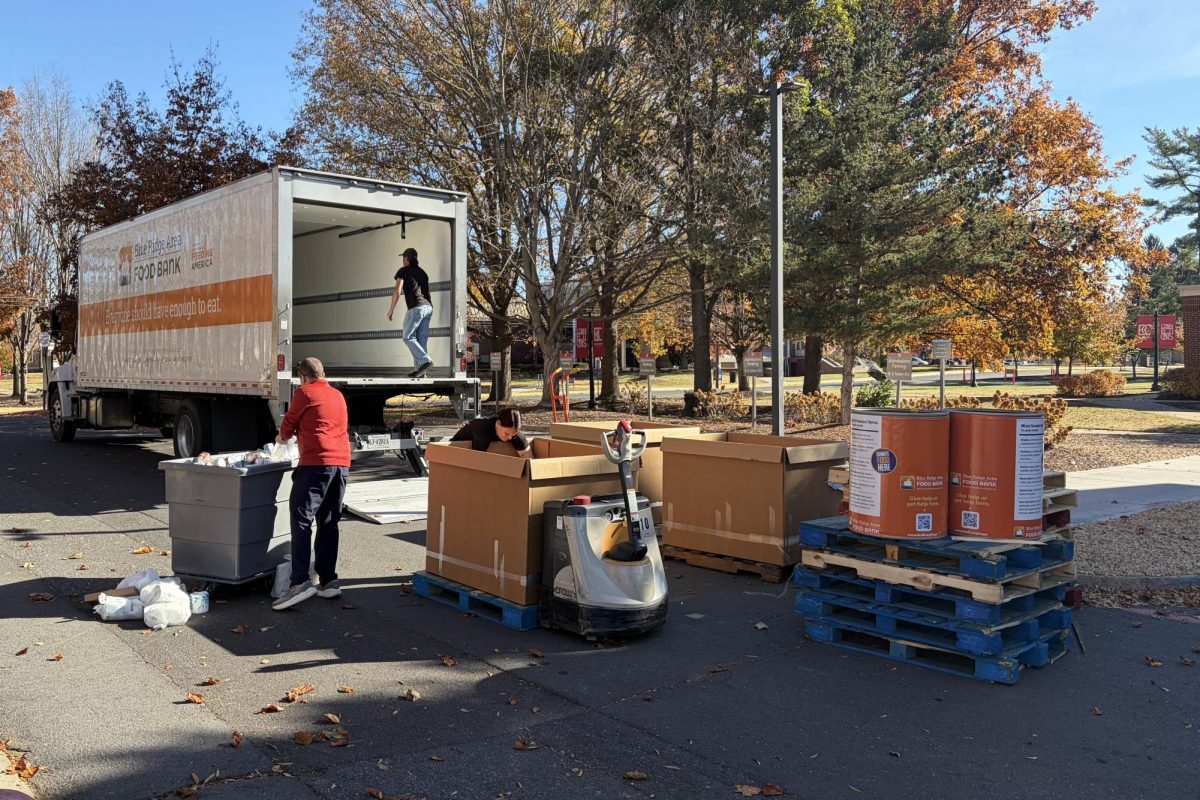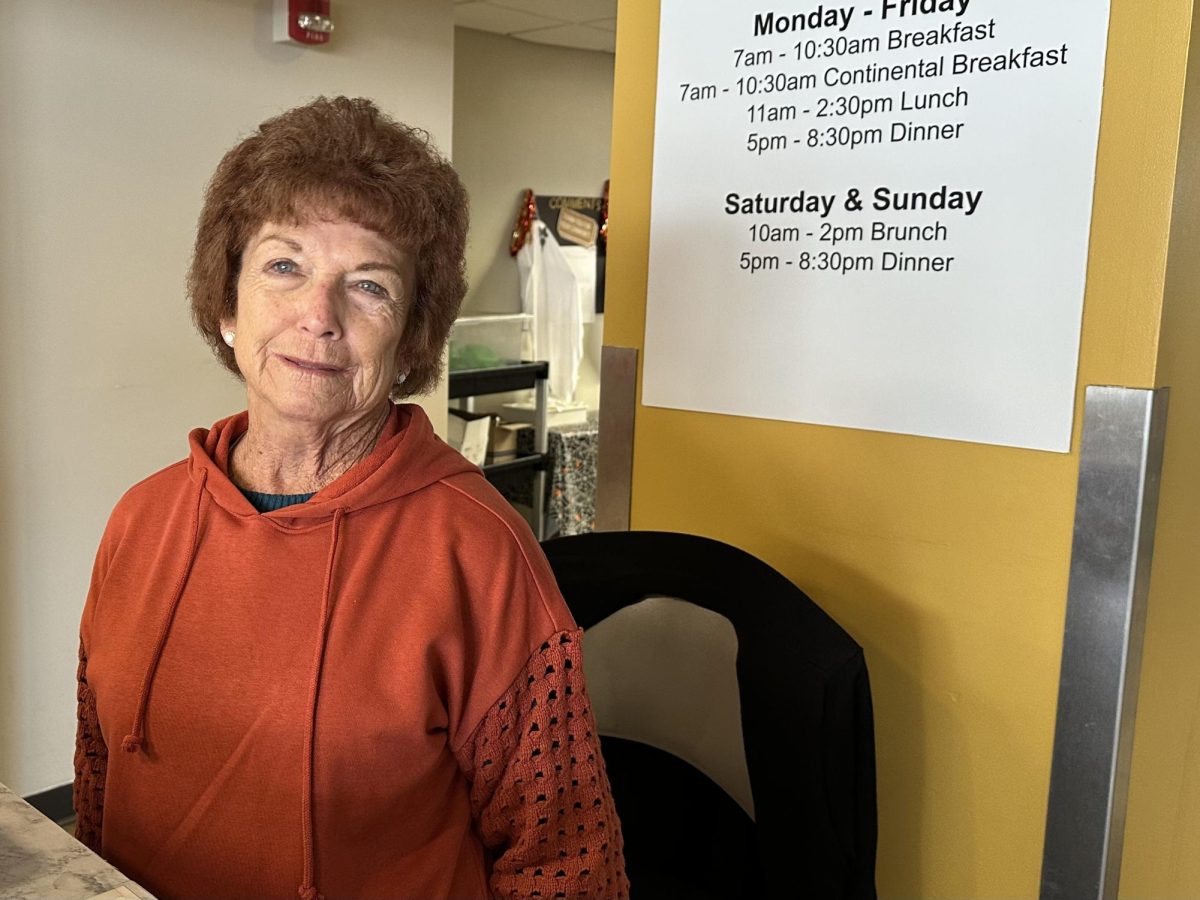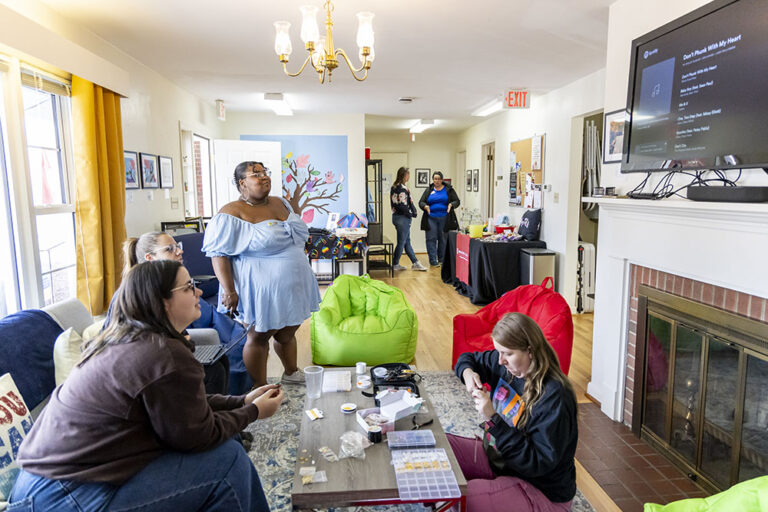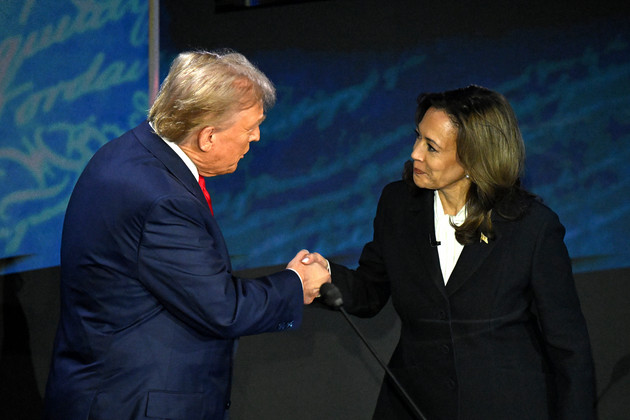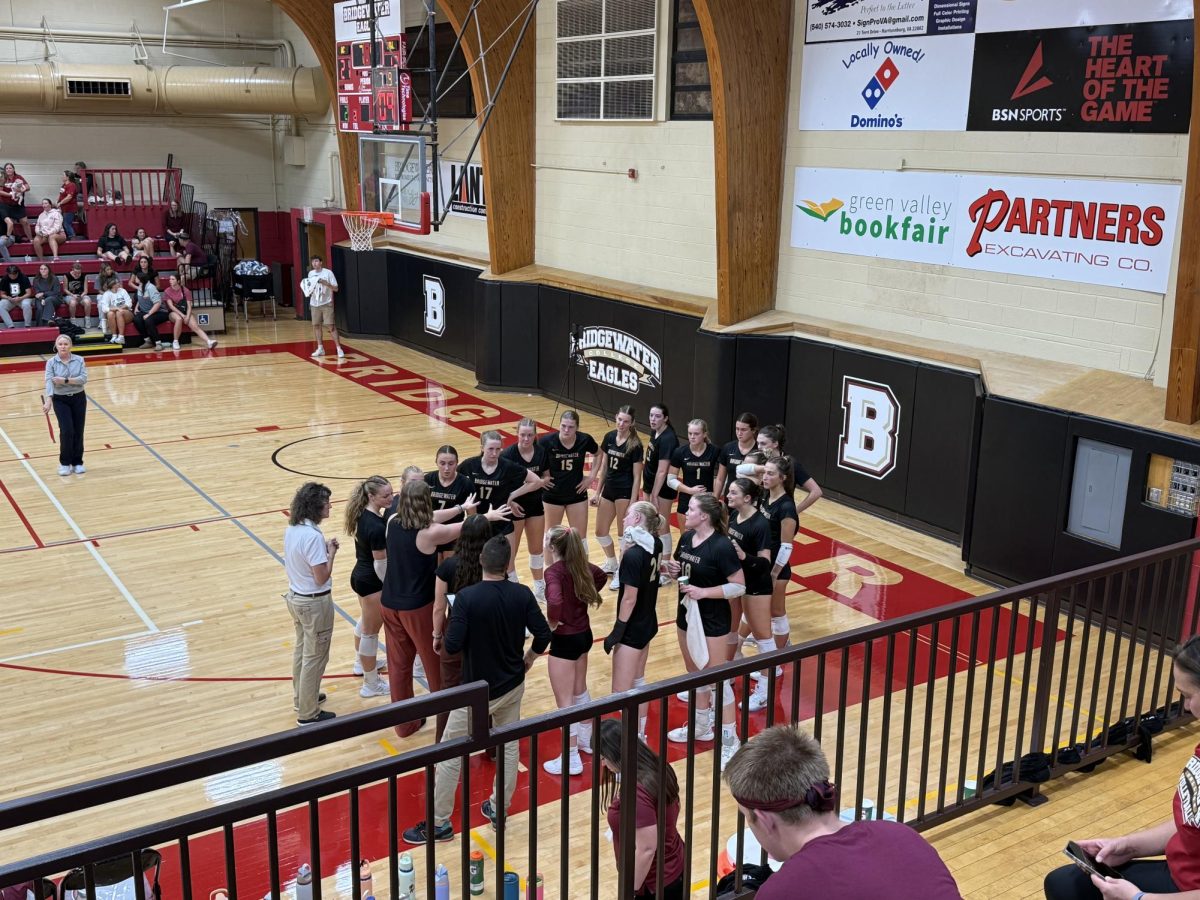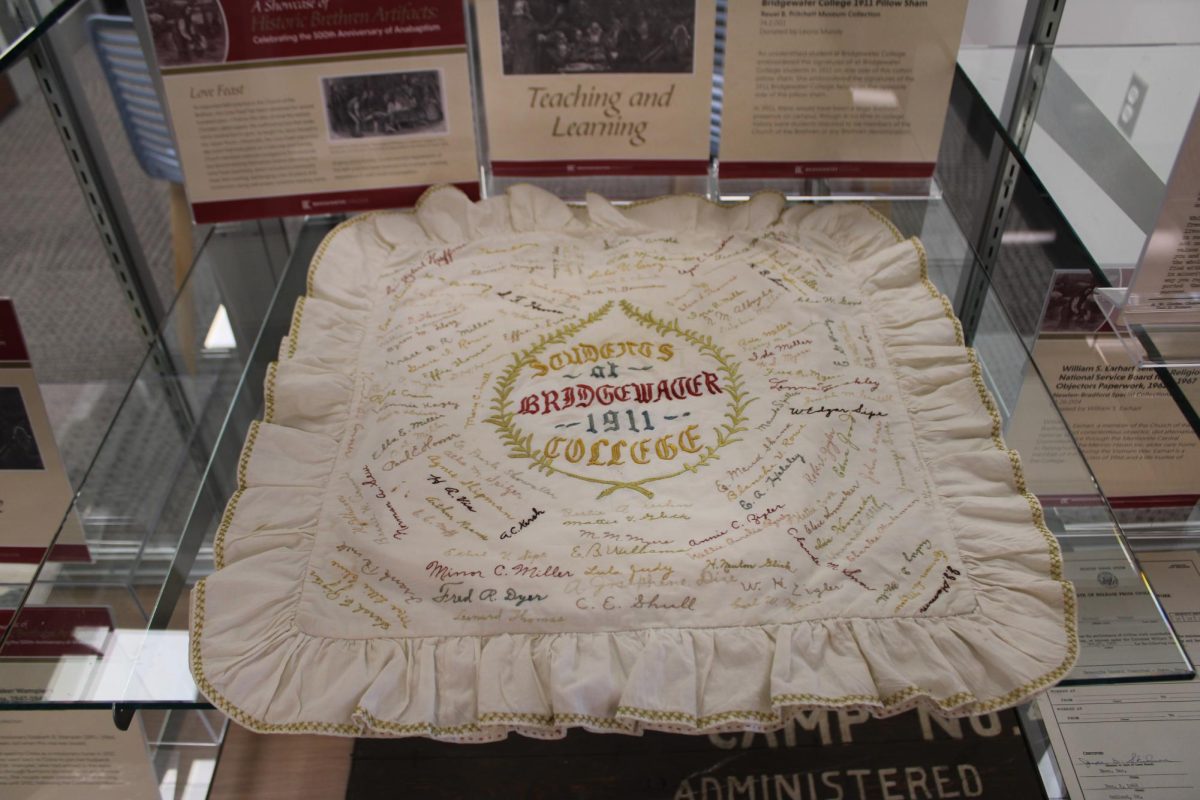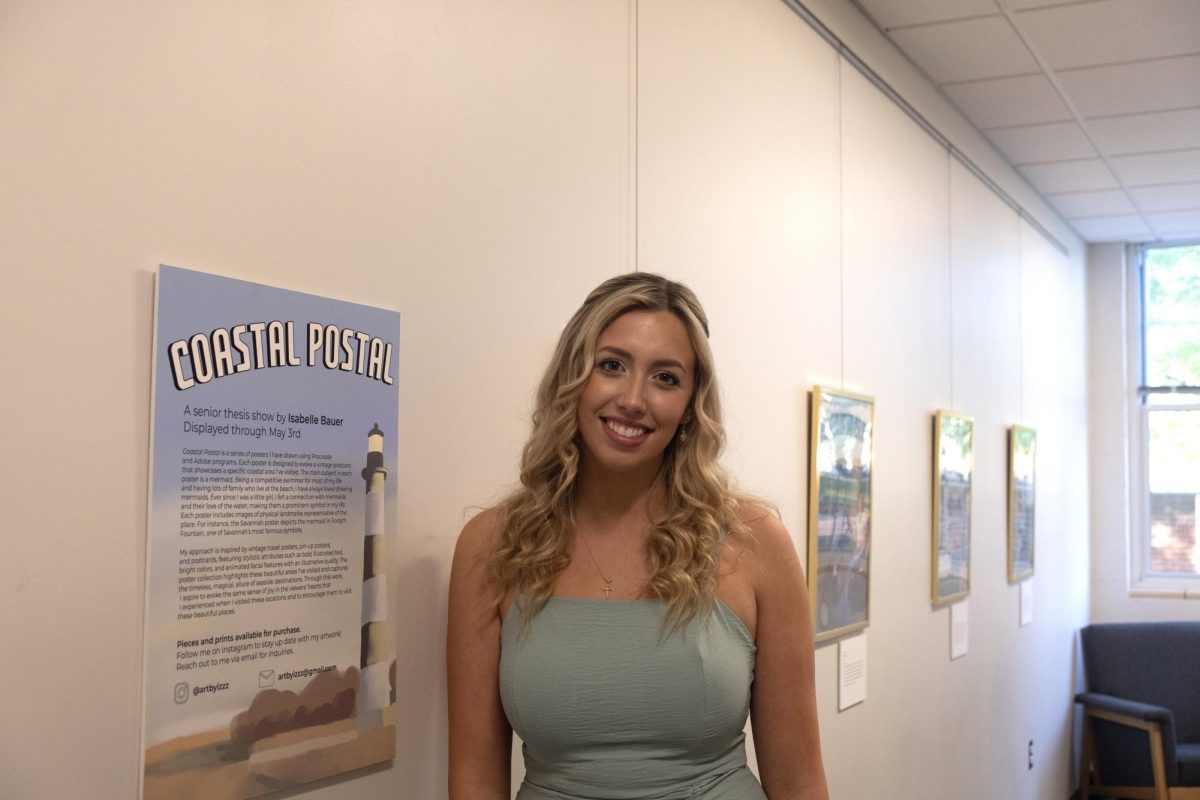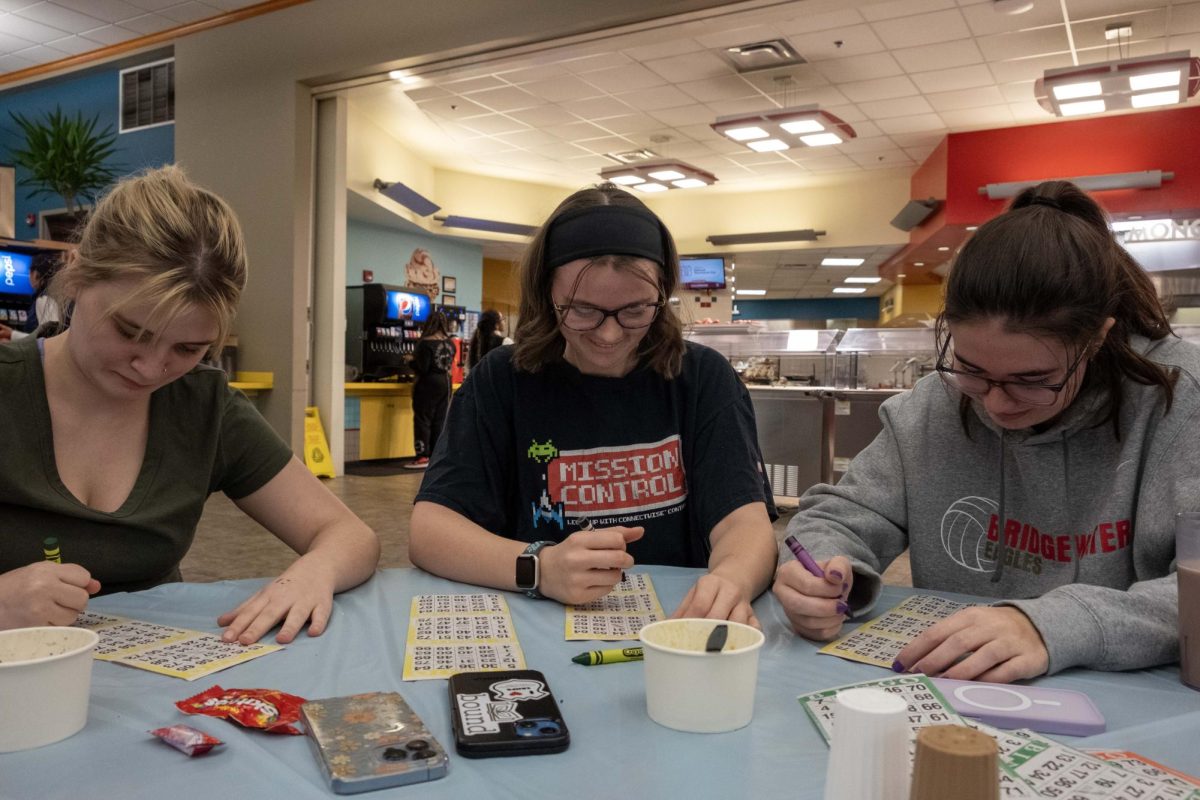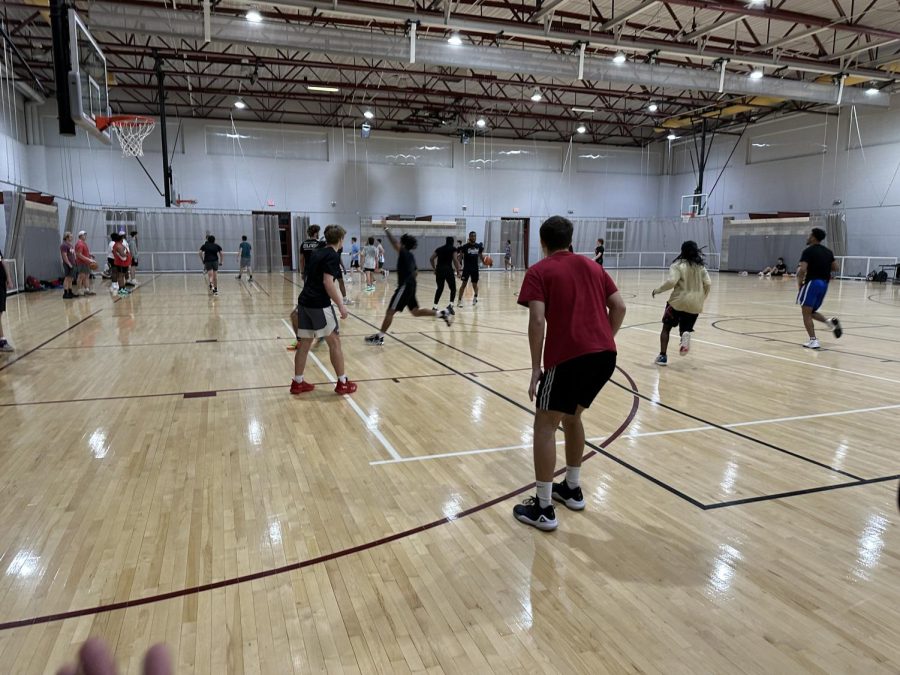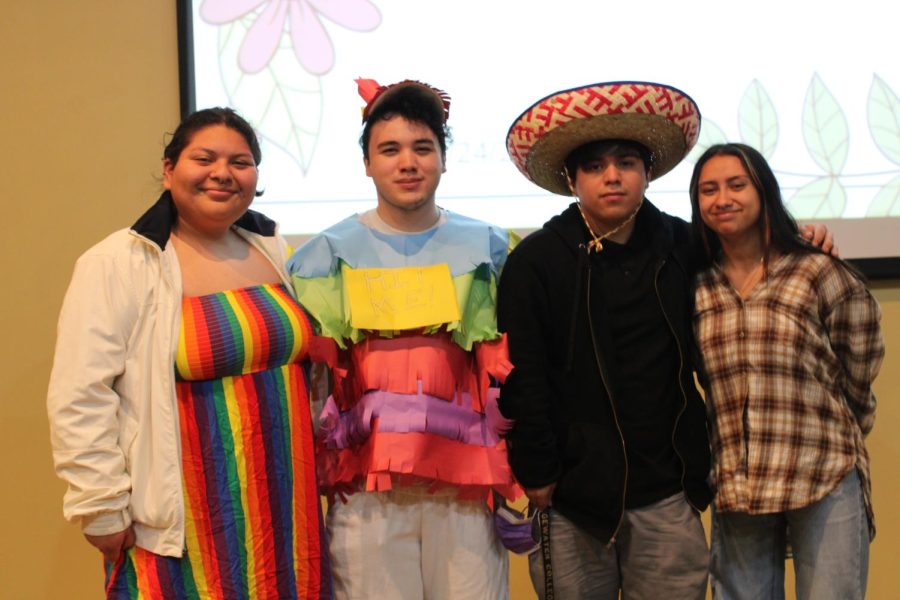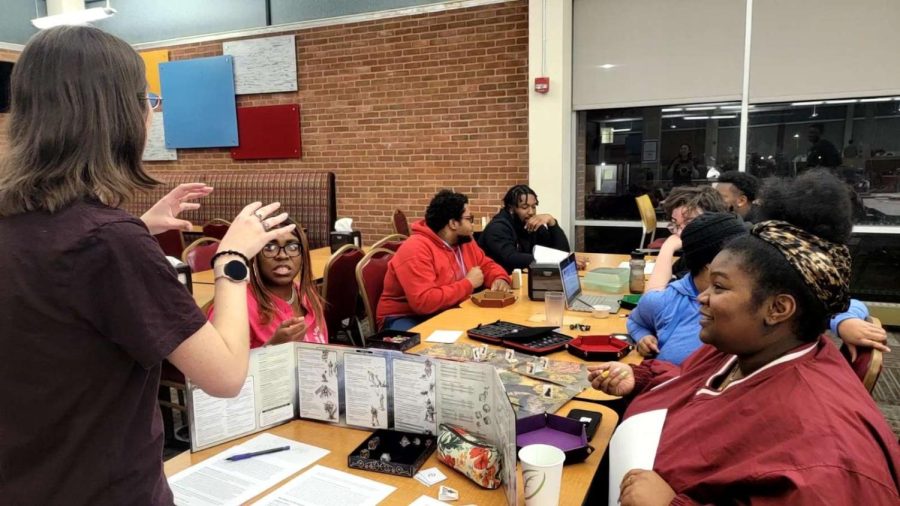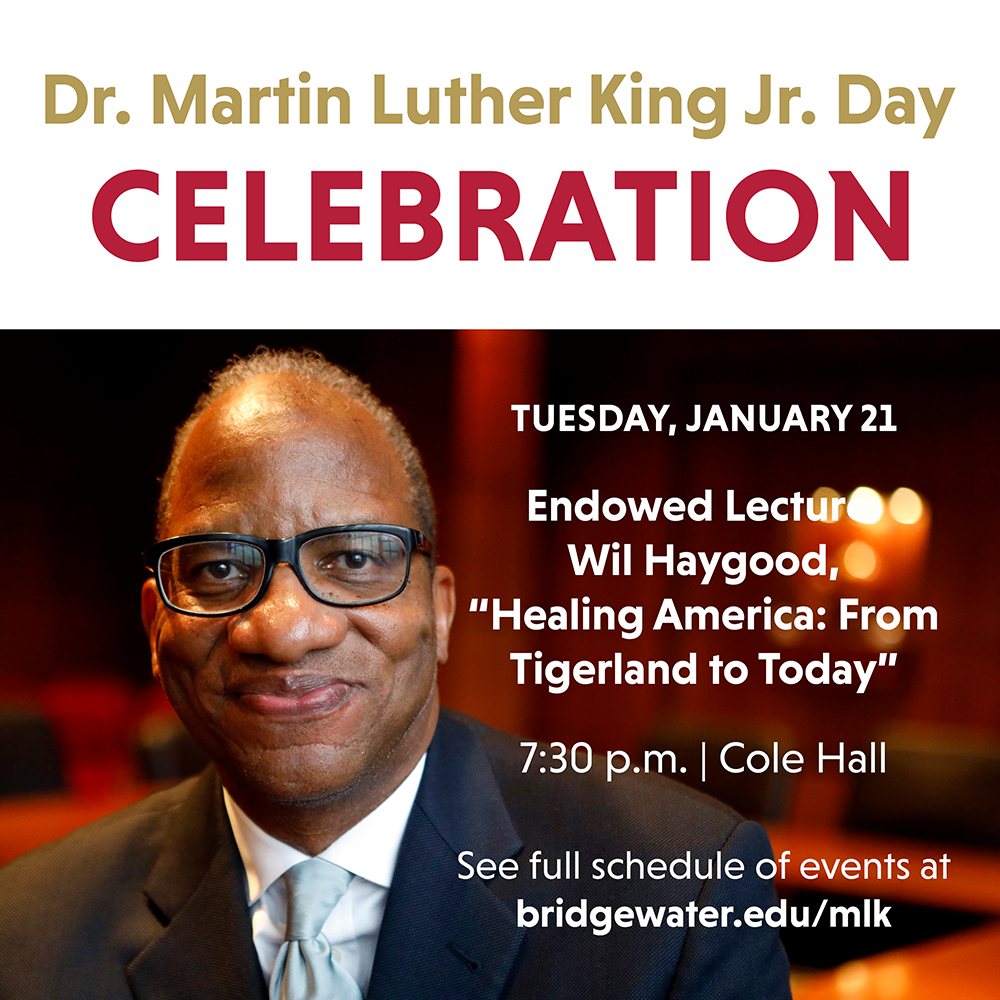Bridgewater Students Showcase Research for ASPIRE
Student Panel Event Celebrates the Work of Five Freshmen
April 23, 2019
Bridgewater, Va. – On Wednesday April 10, a portion of the student panel discussions were held. The discussion was apart of the ASPIRE program, hosted at Bridgewater College from April 5 to April 23.
ASPIRE stands for a celebration of the arts, scholarship, performance, innovation and research excellence. It is a time for students from all disciplines to come together and display their work to the community at Bridgewater.
President David Bushman stated in his letter to the college, “there exists a depth and breadth of engagement with research, creative endeavors and scholarly work here at Bridgewater that will continue to blossom.” This broad variety of research and creative work is fostered by the liberal arts education that Bridgewater College provides to its students.
The students presenting their research at the panel completed FILA 150 in the fall with Ashley Lauro, Professor of English. Their presentation was titled “Gender and Me: Student Perspectives on How Social Constructions of Gender Affect Their Lives.”
The students on the discussion panel were freshmen Emily Gormus, Kylee Lorio, Jenny Melendez, Patrick Peach and Tara Reinhardt.
The event began with Emily Gormus presenting on “My Struggles as a Biracial Woman.” Gormus’s presentation focused specifically on how being biracial has affected her body image.
Gormus stated that biracial individuals do not have their own culture, so they are left “picking from both sides of ourselves to try to piece ourselves together.” A fate that is particularly difficult for Gormus, because of what she has labeled her “double whammy.”
Gormus’s “double whammy” is being both biracial and adopted at birth into an all caucasian family. This is especially difficult for Gormus because of her lack of direct African American influence from her family, which has caused Gormus to seek other sources to be able to “piece that side of myself together.”
Gormus’ body image has been affected by her “double whammy” because her “insecurities are amplified by both of those things.” Gormus concluded by stating she is “embracing both sides of [herself],” adding, “I fit into my own box.”
Lorio presented on “Women at Work: The Oppressive Nature of Appearance in the Workplace.” Lorio selected this topic of research because she hopes to become a lawyer, therefore, these appearance expectations will be something she must face.
Lorio researched four factors of appearance that affect an individual’s ability to be successful in their job as a lawyer. Those factors were age, dress code, cosmetics and generalized attractiveness. Lorio stated these standards of appearance are arguably in place to “help women in the law firm avoid sexualization and be addressed professionally as an equal.”
Lorio mentioned both males and females are affected by the four factors of appearance; however, male appearance expectations are “not nearly as oppressive as the female side.” Lorio also stated any work field can be impacted by this issue.
Melendez completed her research on the “Effects of Differentiating Cultures and Mainstream Media on Latin American Women.” Melendez connected her research to her own personal experiences growing up as a Latin American woman in American society.
Melendez stated the media and society “glorify one specific type of female body and disregards any other type that do not represent the ideal,” which is “defined as thin, beautiful and white.”
Melendez’s research displayed that “Latin American women have to decide what stereotype they want to adhere to, the American one or the Latin American one.” She then asserted this can lead to a negative body image for Latin American women.
Melendez connected her research to her experience of seeing both American and Latin American body ideals on social media. She stated after she did not see anyone like her, “Latina and average sized,” she felt “I wasn’t American enough or I wasn’t Latina enough.”
When presenting, Melendez mentioned she realized that she “did not have to have the ideal body type in order to identify with either group.”
Peach presented “How do Confidence and Stereotyping Relate to Men.” Peach began by explaining the masculine stereotypes that society places on men, which means that men are not expected to show emotions. Those men who do show emotions, including crying in public, are criticized, “because they don’t follow the stereotypes.”
Peach stated, “as young men we are taught to live up to these expectations;” however, “I am uncomfortable being something that I’m not.”
The presentations concluded with Reinhardt presenting “Emotional Diversity: What it is and how it Affects Men.”
Reinhardt explained emotional diversity as“one’s ability to express a wide range of emotions.” She then asserted that it’s necessary to an individual’s physical and mental health to express emotions.
Reinhardt’s research displayed that when children are born they have an equal amount of emotional expression, however, once boys age they tend to have a smaller range of emotions. This smaller range of emotions in male children is often expressed aggressively.
Reinhardt asserted, “It’s ingrained in society that men are not allowed to speak about their emotions.” Some of the harmful effects of men not developing the use of their emotions may be drug and alcohol use, depression and physical violence.
A common theme from the presenters for solving the issues that they researched was educating the public on the need for reform.

